- Who We Are
- How We Work
- Regional / Country Initiatives
- Legacy
- Core Themes
- Working Groups
- Portfolio & Results
- Newsroom
- Resources
Digital Tools for Climate Adaptation in Informal Settlements

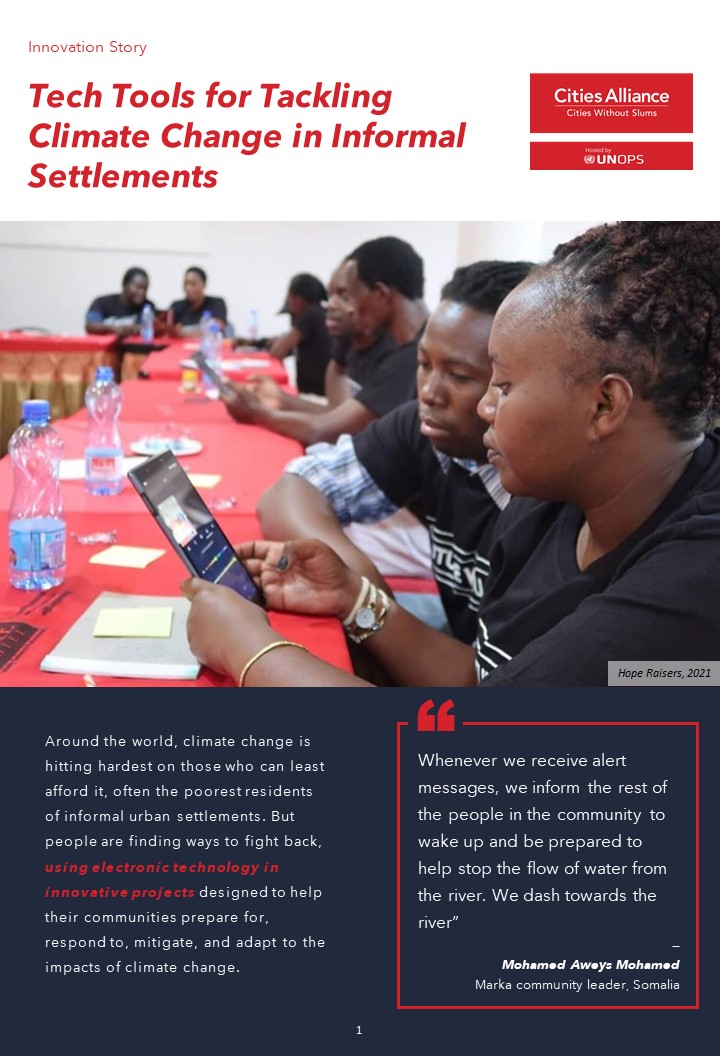
In a well-equipped studio classroom in Korogocho, Kenya, young urban filmmakers polish their scripts on laptops or map out stories with bright-coloured sticky tags on whiteboards.
Meanwhile, 1,000 kilometres away on the Somali coast, displaced residents of Marka gather beneath a tree near their makeshift shelters to learn more about a new SMS early warning system for seasonal flooding in the Lower Shabelle region.
Across the Indian Ocean in another flood-prone region, teams of Bangladeshi teenagers work their way through Mongla and Kuakata Port neighbourhoods, using apps on their mobile phones to create digital maps of these vulnerable communities.
Around the world, climate change is hitting hardest those who can least afford it, often the poorest residents of informal urban settlements. But people are finding ways to fight back, using technology in innovative projects designed to help their communities prepare for, respond to, mitigate, and adapt to climate impacts.
Whenever we receive alert messages, we inform the rest of the people in the community to wake up and be prepared to help stop the flow of water from the river. We dash towards the river.
Mohamed Aweys Mohamed, Marka community leader, Somalia
These projects have been implemented by local organizations in Kenya, Somalia and Bangladesh with grants through the Cities Alliance Stronger Partnerships: Local Innovations for New Climate Realities in Cities initiative, in partnership with the Swedish Development Cooperation Agency (Sida) and the German Federal Ministry of Economic Cooperation and Development (BMZ).\
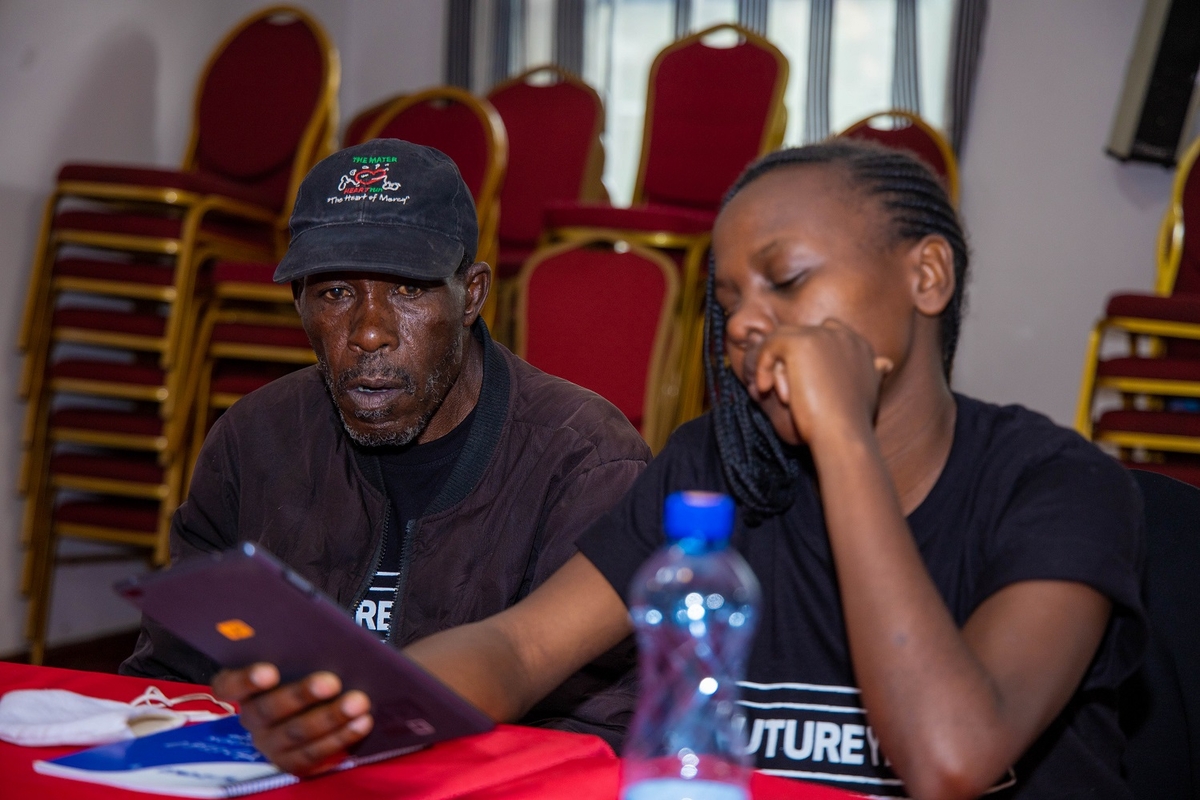
Kenya: The art of adaptation
Korogocho, an informal settlement of nearly 200,000 people near the megacity of Nairobi, is especially vulnerable to climate-related hazards such as flooding, outbreaks of diseases, and shortages of food and water. Through the Future Yetu digital storytelling project, the Kenyan Hope Raisers initiative is channelling the creative visions and talents of local filmmakers, musicians and other artists to increase awareness and educate the community about environmental issues and climate change adaptation.
“We have different ways to adapt to climate change," says Elizabeth Wambui, of Hope Raisers, Kenya, "and when [community members] are giving their personal stories, you can hear how each and every person, each and every group is adapting.”
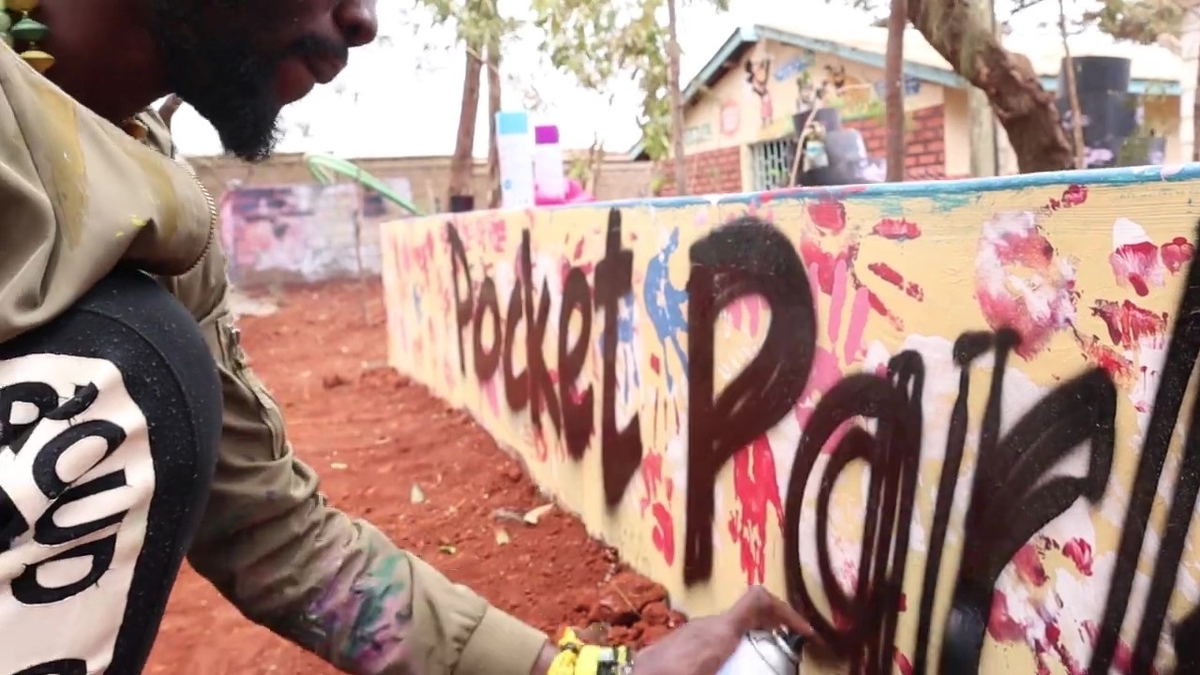
Somalia: Inclusive community-based disaster risk management
In Marka, a project implemented by Action for Women and Children Concern (AWCC), a grassroots Somali NGO, is raising awareness about climate change, as well as educating people about cost-effective ways to increase the resilience of their communities. Extreme weather events are increasing in the Lower Shabelle region, which is subject to heavy rains, flooding and droughts that displaced many thousands of people each year.
But AWCC is working in collaboration with local partners to implement an SMS alert system via mobile phones, which will warn communities about flooding and other events before they strike. The project has also introduced training in inclusive community-based disaster risk management to help the community manage and reduce disaster risks and increase resilience to climate-induced shocks.
The training we received has given us a lot of hope and inspiration. I gained new and valuable knowledge.
Mumino Abdikadir Mohamed, displaced resident of Marka, Somalia
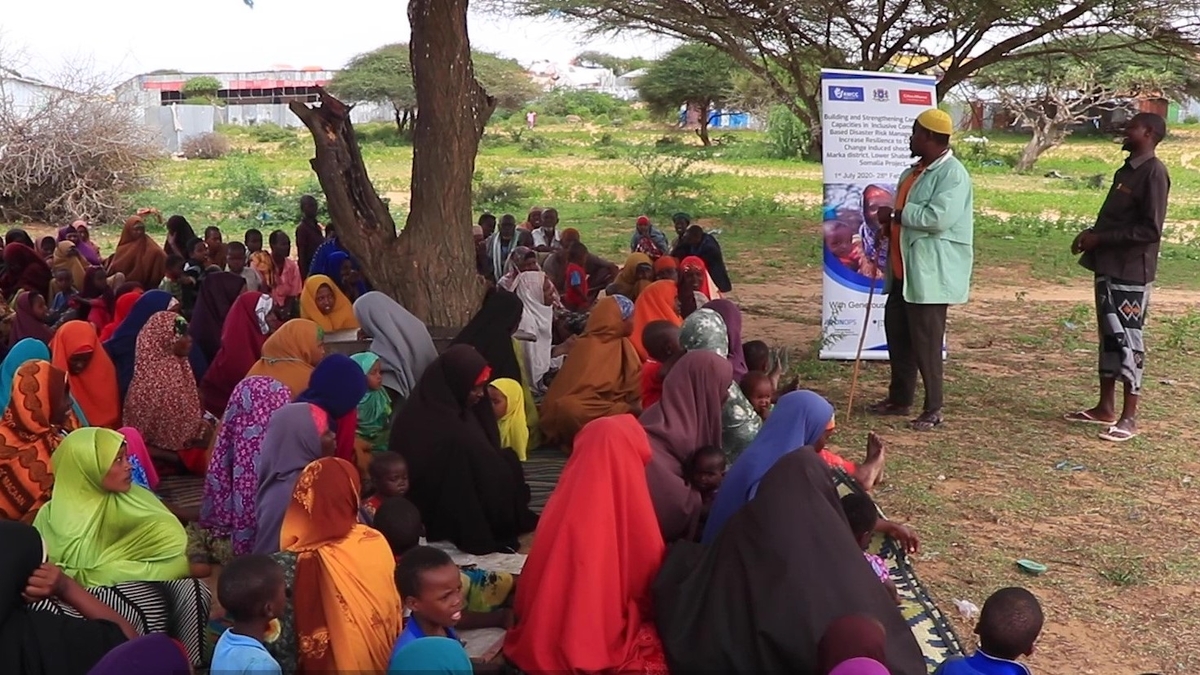
Bangladesh: Data for local resilience plans
Communities around the Bay of Bengal in Bangladesh are also suffering from more frequent climate-related disasters, such as increasingly severe storms, flooding, and rising seas. Although residents of informal settlements in Mongla and Kuakata Port municipalities recognized how climate change was affecting their daily lives, they lacked information about steps they could take to adapt. In response, a Bangladeshi women's rights organization, Badabon Sangho, has implemented a project to help communities adapt to climate change now and in the future.
To accomplish this, the project "trained young people so that they can easily collect data using mobiles," explains Naima Jahan, Badabon Sangho programme manager.
The data was used to create digital maps and community resilience plans that help people know what to do in an emergency. While young people's technology skills were essential to the project's success, at the same time, the project also provided them with a welcome opportunity to contribute toward the safety of their own communities.
Through this project, economic, social and disaster related issues will be solved, and the Mongla Municipality will be benefitted.
Md. Ahsan, youth volunteer, Badabon Sangho Bangladesh
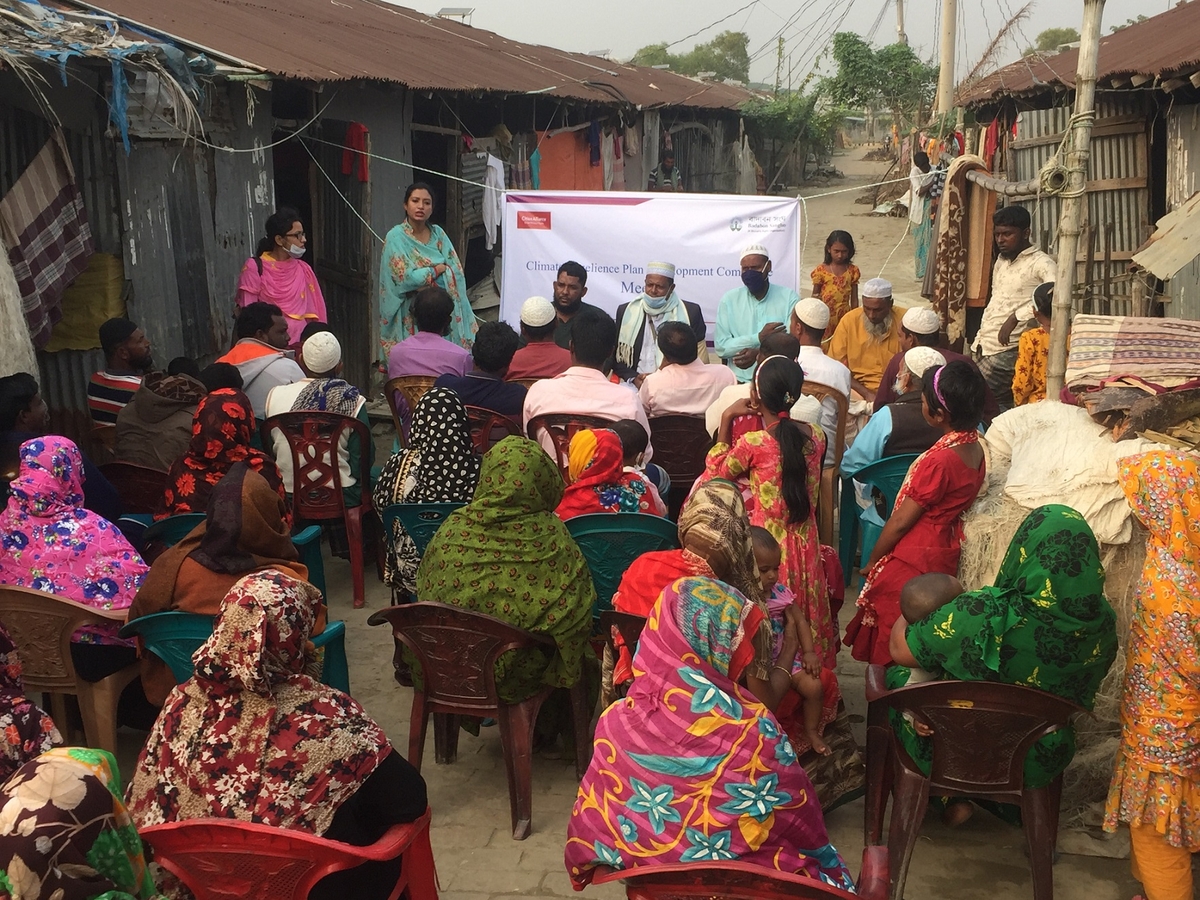
As climate-related events continue to intensify, new methods and technologies will be important for helping communities proactively manage and reduce disaster risks. And by continuing to work together, people can help their communities stay safer and adapt to climate change impacts now while becoming more resilient against climate shocks in the future.
It has been said that unity is strong. It is very important for people to support each other. Unity is good.
Mohamed Aweys Mohamed, Marka community leader, Somalia
